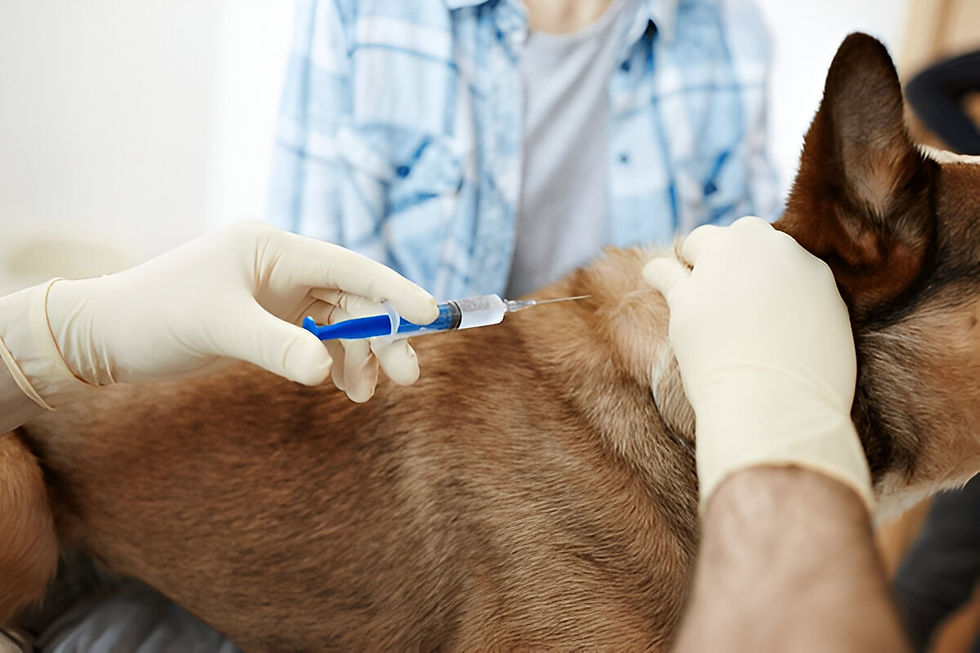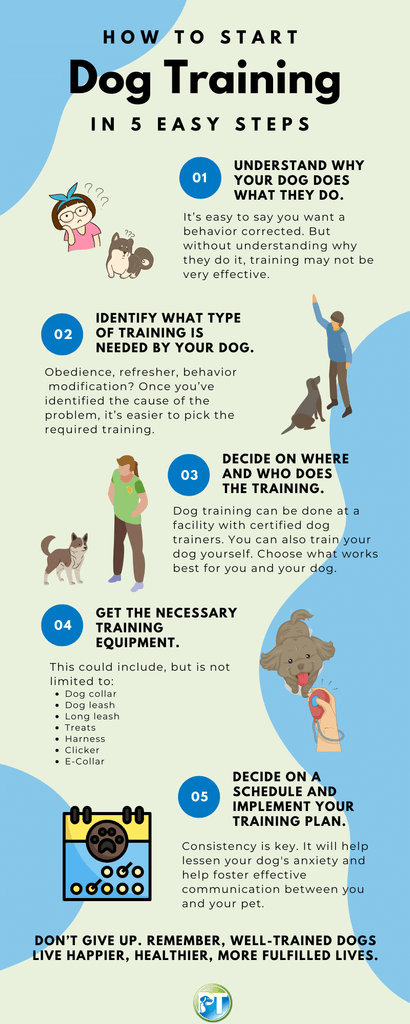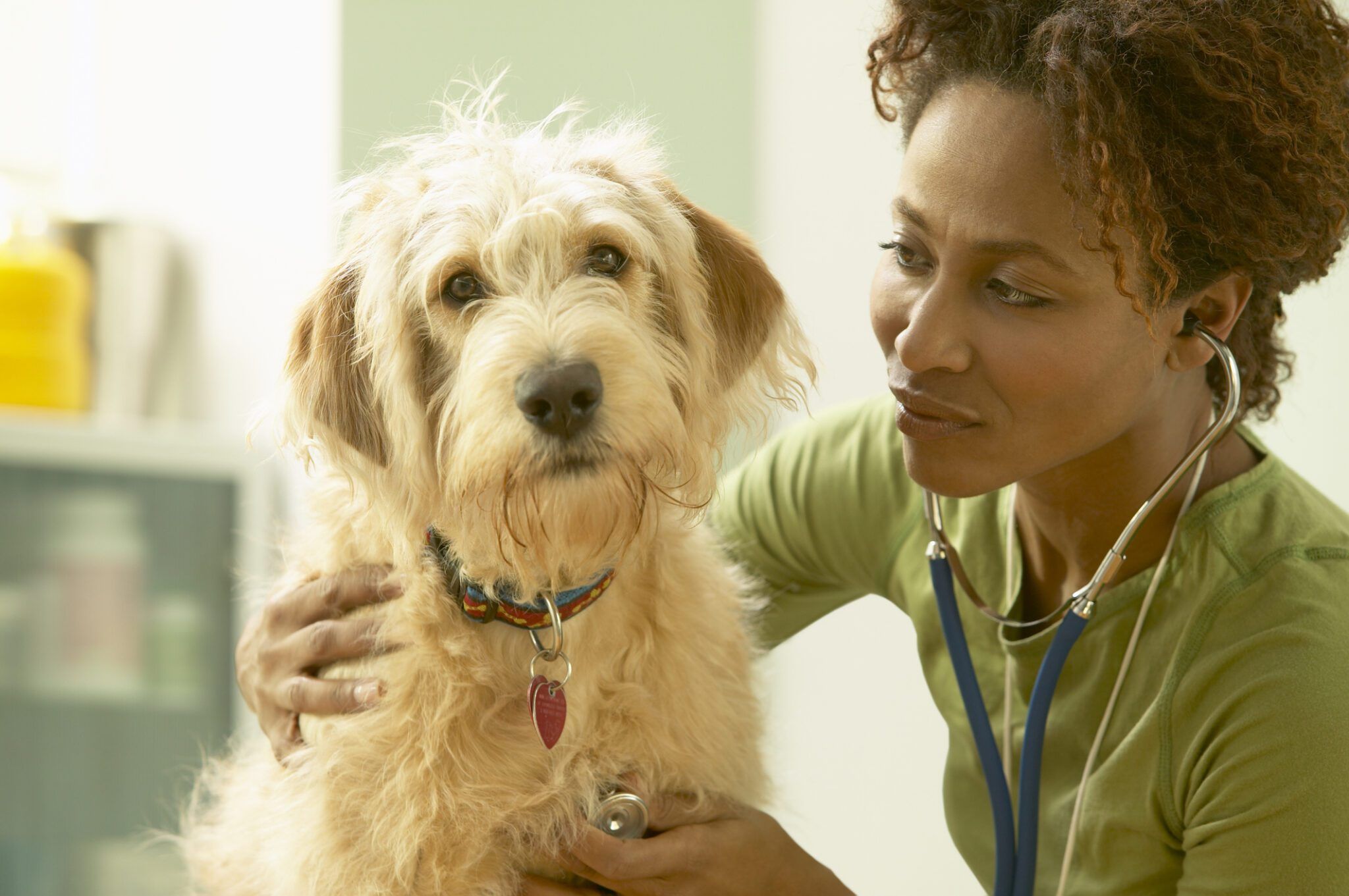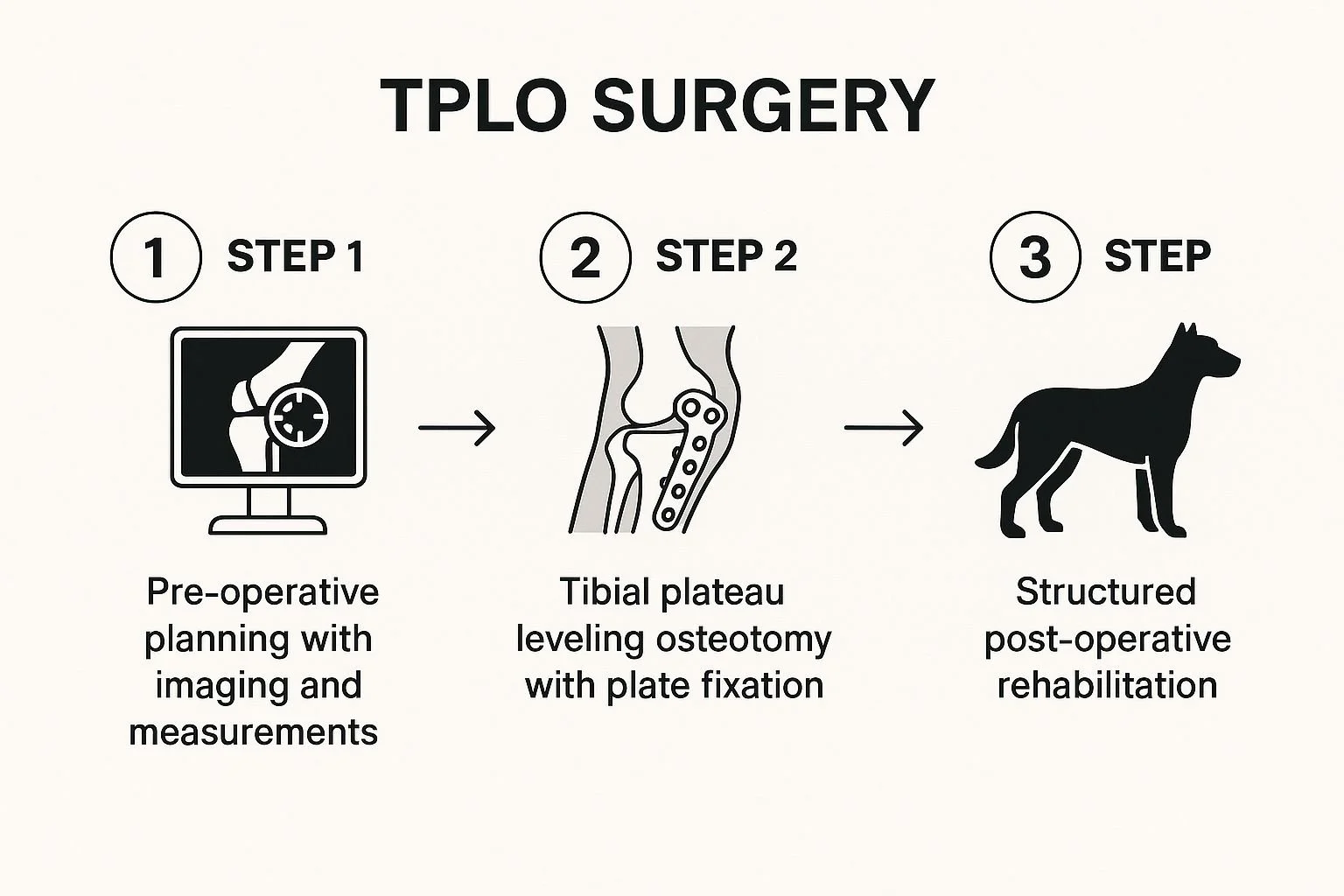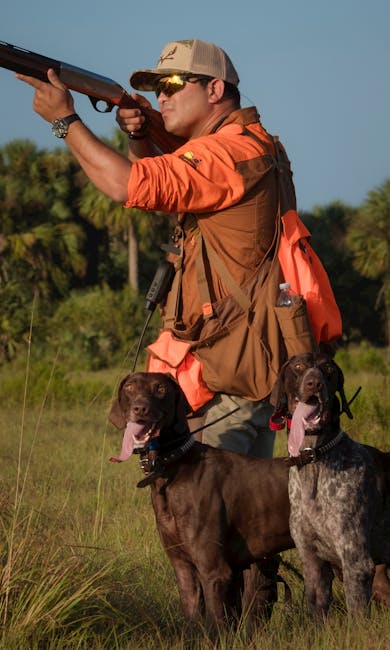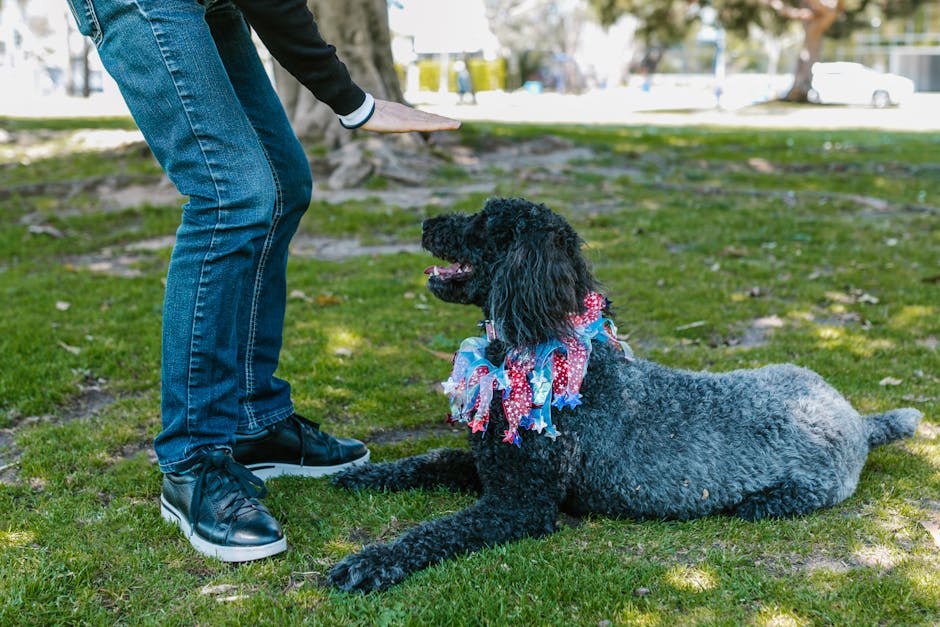Training a 2-year-old dog to be obedient might seem tough, but it’s absolutely possible—and rewarding. If your dog isn’t listening like you want, don’t worry.
With the right steps, you can turn your furry friend into a well-behaved companion. You’ll discover simple, effective methods that fit into your busy life. Keep reading, and you’ll learn how to build a stronger bond with your dog while making training easier and more fun for both of you.

Credit: www.youtube.com
Choosing The Right Training Tools
Choosing the right training tools sets the foundation for effective obedience training. Tools help guide your dog and make learning easier. The right equipment ensures safety and comfort for both you and your pet. Quality tools also motivate your dog and build trust during sessions.
Investing in appropriate gear helps maintain your dog’s focus. Tools should suit your dog’s size, breed, and temperament. Simple, reliable items work best for steady progress.
Leashes And Collars
Select a leash and collar that fit your dog well. A sturdy leash controls movement without hurting your dog. Opt for a comfortable collar that won’t choke or irritate the neck.
- Use a 4 to 6-foot leash for close control.
- Choose a flat collar for daily use.
- Consider a harness if your dog pulls strongly.
- A gentle leader collar can help with leash training.
Positive Reinforcement Tools
Positive reinforcement tools encourage good behavior. Clickers are popular for marking correct actions clearly. They create a consistent sound your dog learns to associate with rewards.
- Clickers provide quick, clear feedback.
- Use a cheerful voice as a reward signal.
- Toys can serve as fun rewards during training.
Training Treats
Tasty treats motivate your dog to listen and obey. Choose small, soft treats for quick eating and less distraction. Keep treats fresh and use them only during training sessions.
- Pick high-value treats your dog loves.
- Use tiny pieces to avoid overfeeding.
- Offer treats immediately after good behavior.

Credit: www.youtube.com
Building A Strong Foundation
Building a strong foundation is key to successful obedience training for a 2-year-old dog. This stage shapes your dog’s behavior and helps them understand your expectations. Consistency and patience are essential to create trust and clear communication. A solid foundation makes training easier and more effective.
Establishing Routine
Dogs thrive on routine. A daily schedule helps your dog know what to expect. Set specific times for feeding, walks, play, and training sessions. Keep sessions short but frequent to hold your dog’s attention. Predictable routines reduce anxiety and improve learning.
Use the same commands and signals every time. Consistent words and gestures help your dog learn faster. Reward good behavior immediately. Praise and treats reinforce positive actions and build trust.
Creating A Safe Environment
Your dog needs a calm and safe space to learn. Remove distractions during training, like loud noises or other pets. A quiet area helps your dog focus on you. Use a comfortable spot with familiar items like their bed or toys.
Safety also means using gentle tools. Avoid harsh collars or leashes. Choose comfortable equipment that suits your dog’s size. A secure environment makes your dog feel confident and willing to learn.
Teaching Basic Commands
Teaching basic commands is the foundation of obedience training for a 2-year-old dog. These commands help your dog understand what you expect. They also build good habits and improve communication between you and your dog.
Start with simple commands that your dog can learn quickly. Use clear words and consistent signals. Practice regularly in a quiet place to avoid distractions. Reward your dog with treats and praise to encourage good behavior.
Sit And Stay
Teach your dog to sit by holding a treat above their nose. Move the treat back over their head. Your dog will naturally sit to follow the treat. Say “sit” clearly and give the treat as soon as they sit. Repeat this several times daily.
Once your dog sits on command, add “stay.” Ask your dog to sit, then hold your hand out, palm facing them. Say “stay” firmly and take a step back. Wait a few seconds, then return and reward your dog. Gradually increase the time and distance before giving the treat.
Come When Called
Use a happy, excited tone to call your dog’s name. Follow it with the word “come.” When your dog comes to you, reward immediately with treats or praise. Practice this in a safe, enclosed area first.
Make coming to you fun. Run backward or clap your hands to encourage your dog. Avoid calling your dog for something they dislike, like baths or nail trimming. This keeps the command positive.
Leave It And Drop It
To teach “leave it,” show your dog a treat in your closed hand. Let them sniff but do not open your hand. Say “leave it” and wait for your dog to stop trying. When they back off, give a different treat from the other hand.
For “drop it,” offer a toy or item your dog has in their mouth. Say “drop it” and hold a treat near their nose. When your dog releases the item, give the treat immediately. Practice often to make this command strong and reliable.
Addressing Behavioral Issues
Behavioral issues can challenge training a 2-year-old dog. These problems often need clear, calm responses to guide your dog toward better habits. Patience and consistency play key roles in addressing unwanted behaviors. Each issue requires a specific approach to encourage positive changes.
Dealing With Jumping
Jumping can be a sign of excitement or seeking attention. Ignore your dog when it jumps to show that this behavior does not get rewards. Wait until all paws are on the ground before giving any attention or treats. Teaching a “sit” command helps redirect energy and focus. Reward your dog for calm greetings to reinforce good manners.
Managing Barking
Barking may express boredom, fear, or alertness. Identify what triggers the barking to address the cause effectively. Use a firm “quiet” command to signal your dog to stop barking. Praise and reward silence to encourage this behavior. Avoid yelling, as it can increase anxiety and barking.
Handling Aggression
Aggression needs careful management to keep everyone safe. Stay calm and avoid sudden movements around an aggressive dog. Consult a professional trainer if aggression continues or worsens. Use positive reinforcement to reward gentle behavior and obedience. Create a safe space where your dog can relax and feel secure.
Socialization Techniques
Socialization is a key part of obedience training for a 2-year-old dog. It helps your dog feel comfortable and confident around new people, other dogs, and different environments. Without proper socialization, even well-trained dogs can develop fear or aggression.
Introducing New People
Start by inviting calm and friendly people to meet your dog in a quiet space. Let your dog approach them at their own pace. Offering treats and praise during these introductions helps your dog associate new faces with positive experiences.
Pay attention to your dog’s body language. Is your dog relaxed or tense? If your dog seems nervous, slow down the process and try again later. Remember, the goal is to build trust, not force interaction.
Interacting With Other Dogs
Choose calm, well-socialized dogs for initial meetups. Keep the first encounters short and positive. Watching how your dog reacts can tell you a lot about their comfort level and social skills.
If your dog shows signs of stress, such as growling or avoiding the other dog, give them space and try again in a less intense setting. You can also use a leash for control but avoid tight restraint, which may increase anxiety.
Navigating Public Spaces
Take your dog to busy parks, sidewalks, or outdoor cafes during less crowded times. This allows your dog to get used to noises, movements, and distractions without feeling overwhelmed.
Practice commands like “sit” and “stay” in these environments to reinforce obedience amidst distractions. Reward your dog for calm behavior to encourage focus and good manners.
Have you noticed how your dog reacts when strangers walk by or when loud noises happen? Use those moments to strengthen your dog’s confidence by staying calm and guiding them gently.
Consistency And Patience
Consistency and patience are the foundation of training a 2-year-old dog. Training does not happen overnight. Your dog learns best through steady practice and calm guidance. Sticking to a routine helps your dog understand what you expect. Patience keeps training positive and builds trust between you and your dog.
Maintaining Daily Practice
Train your dog every day, even for short sessions. Daily practice helps your dog remember commands better. Use simple commands and repeat them often. Consistent times and places make learning easier. Keep training fun to keep your dog interested. Small, regular sessions work better than long, rare ones.
Recognizing Progress
Notice small improvements in your dog’s behavior. Celebrate when your dog follows commands correctly. Positive feedback encourages your dog to keep learning. Progress may be slow, but each step counts. Track changes to see what works best. Reward good behavior with treats or praise.
Adapting To Setbacks
Setbacks are normal in training. Your dog might forget or ignore commands sometimes. Stay calm and avoid punishment. Change your training approach if needed. Try different rewards or shorter sessions. Understand your dog’s mood and energy levels. Patience helps you move past challenges smoothly.
Advanced Training Options
Once your 2-year-old dog has mastered basic obedience, it’s time to challenge both their mind and body with advanced training options. These activities not only strengthen your bond but also keep your dog mentally sharp and physically fit. You might find that your dog enjoys these new challenges more than you expected, turning training into a fun adventure for both of you.
Agility Training
Agility training is a fantastic way to boost your dog’s coordination and focus. It involves navigating through obstacle courses that include jumps, tunnels, and weave poles. This type of training sharpens your dog’s listening skills because they must respond quickly to your commands.
Think about how your dog reacts to physical challenges—do they get excited or nervous? Tailoring agility tasks to their personality keeps them engaged and eager to learn more.
Therapy Dog Certification
If your dog has a calm and friendly temperament, therapy dog certification could be a rewarding goal. Certified therapy dogs visit hospitals, nursing homes, and schools to provide comfort and companionship. Training for this certification focuses on social skills, patience, and reliability in different environments.
Have you noticed how your dog reacts around strangers or in busy places? This can give you clues about whether therapy work suits them. The training also helps deepen your dog’s ability to stay calm and focused under pressure.
Advanced Obedience Classes
Advanced obedience classes take basic commands to the next level, introducing complex tasks like off-leash control and distance commands. These classes often include distractions to test your dog’s focus in real-world situations. It’s a chance to refine skills you thought were already solid.
Consider how your dog handles distractions at the park or during walks. Advanced classes can improve their self-control and responsiveness. Plus, training in a group setting offers socialization benefits for both you and your dog.
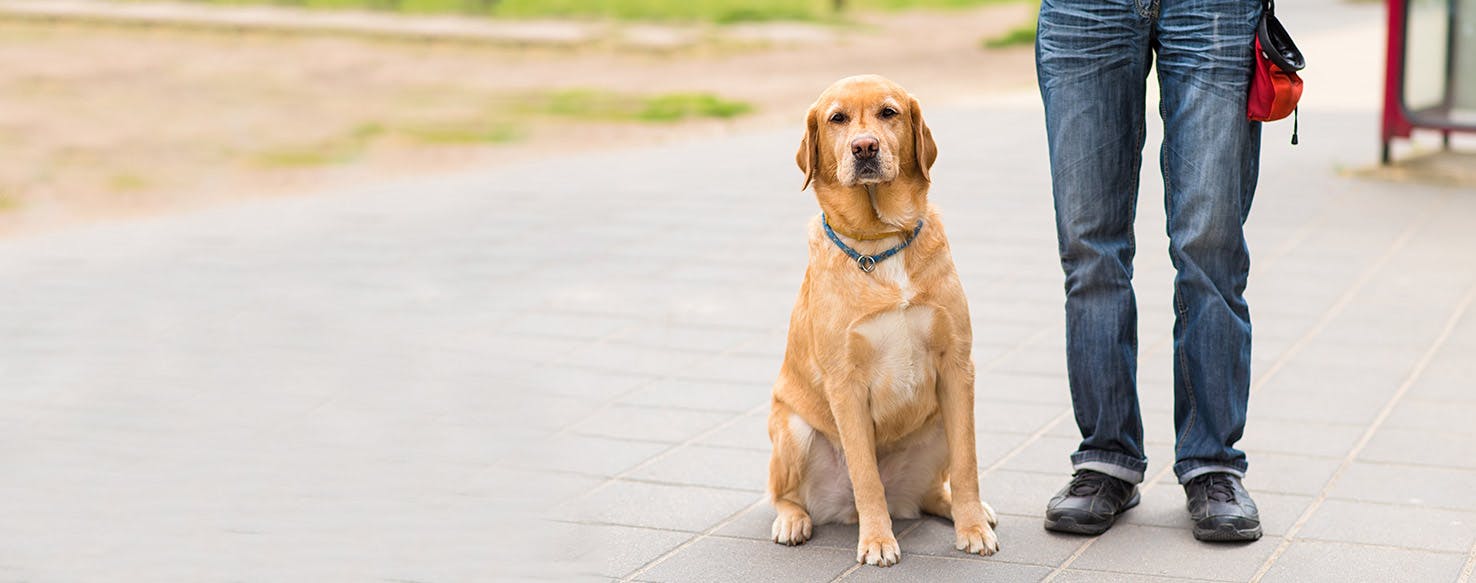
Credit: wagwalking.com
Frequently Asked Questions
How Long Does Obedience Training Take For A 2-year-old Dog?
Obedience training for a 2-year-old dog typically takes 4 to 8 weeks. Consistency and daily practice speed up progress. Individual dog temperament and previous training also affect the timeline.
What Are The Best Commands To Teach A 2-year-old Dog?
Start with basic commands like sit, stay, come, and heel. These commands build a strong foundation for obedience. Use treats and positive reinforcement for effective learning.
Can A 2-year-old Dog Learn New Behaviors Easily?
Yes, 2-year-old dogs can learn new behaviors with patience and consistency. They are mature enough to understand commands but need clear guidance and rewards. Avoid harsh methods to maintain trust.
How Often Should I Train My 2-year-old Dog Daily?
Train your dog in short 10-15 minute sessions, 2-3 times daily. Frequent, focused sessions keep your dog engaged and prevent boredom. Consistency is key to successful obedience training.
Conclusion
Training a 2-year-old dog takes patience and consistency. Small steps lead to big progress. Keep sessions short and fun to hold your dog’s attention. Reward good behavior to encourage learning. Stay calm and clear with your commands every time. Remember, every dog learns at its own pace.
Trust the process and enjoy the bond you build together. Training helps your dog become happier and safer. Keep practicing daily to see lasting results. You can create a strong, positive connection with your dog.

